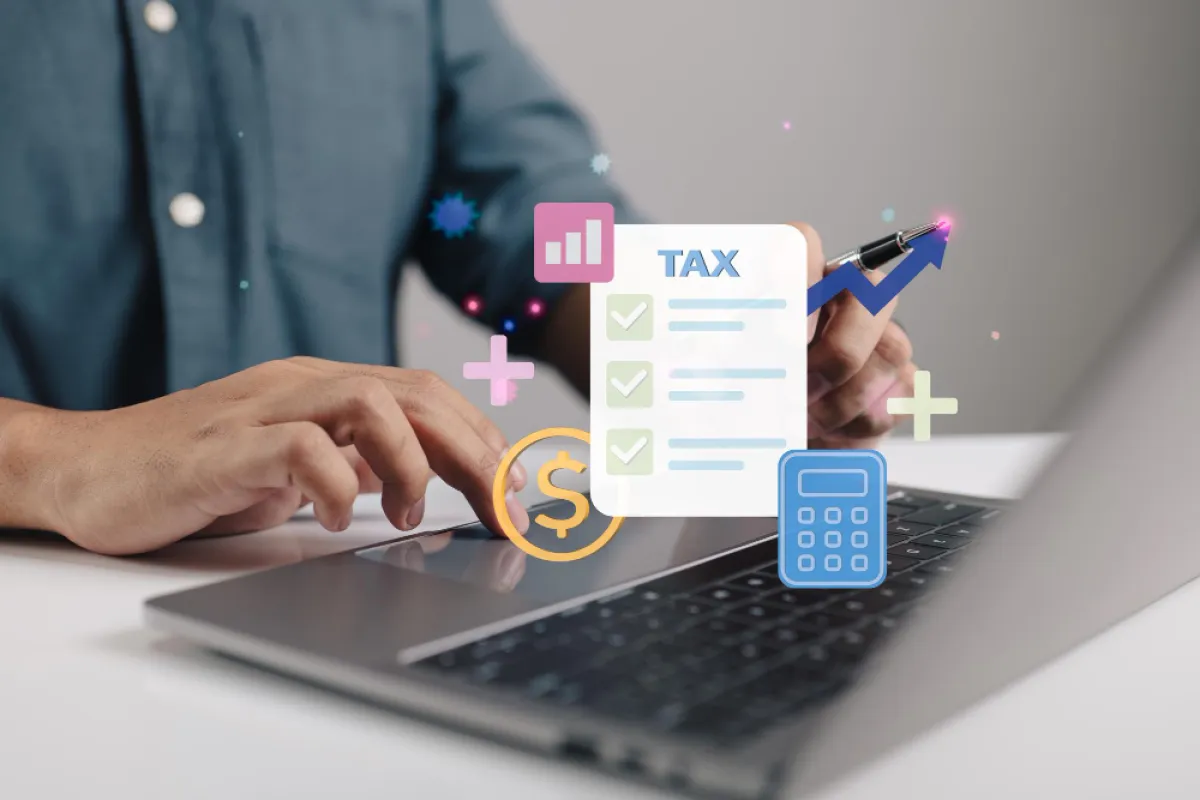Many may wonder what types of tax invoices exist and how they differ from each other. The Revenue Department provides information and details on the types of tax invoices, as follows:
1. Full Format Tax Invoices
- Generally registered businesses are required to issue full format tax invoices to buyers of goods or service recipients. A full format tax invoice must include at least the following items:
- The term "Tax Invoice" clearly visible
- Tax ID number of the seller or service provider
- Name and address of the seller or service provider
- Name and address of the buyer or service recipient
- Serial number of the tax invoice and the book number (if any)
- Date of the tax invoice issuance
- Name, type, quantity, and value of goods or services
- Amount of value-added tax, calculated from the value of goods or services, must be clearly separated from the value of goods or services
- To cancel the original tax invoice to issue a new one, follow these steps:
- Recall the original tax invoice, stamp it as "cancelled" or cross it out and collect it with a copy of the original tax invoice
- Issue a new tax invoice, which has a new number but the date should match the date of the original tax invoice
- Note in the new tax invoice that it is "a cancellation and issuance of a new tax invoice in lieu of the original invoice number… book number…", and note the cancellation in the sales tax report of the month
- The business requesting the cancellation of the original tax invoice and issuance of a new one must photocopy the original tax invoice (the one requesting cancellation), attach it to the file, and return the cancelled invoice to the issuer to keep as evidence
- The registered business issuing the new tax invoice must note the cancellation in the monthly sales tax report in which the new tax invoice was issued
- To issue a substitute for a tax invoice, a debit note, or a credit note, follow these steps:
- Photocopy the tax invoice, debit note, or credit note, and make a note in the photocopy or on the back of the photocopy, stating that the substitute is issued for the ... time, date of the substitute issuance, and briefly explain the reason for the substitute issuance along with the issuer's signature
- The registered business issuing the substitute tax invoice, debit note, or credit note must record the issuance of the substitute in the monthly sales tax report in which the substitute was issued, specifying the buyer's name, number/book number, date of the tax invoice, debit note, or credit note for which a substitute has been issued.
2. Abbreviated Tax Invoices
3. Other Documents considered as Tax Invoices
- Debit Note
- Credit Note
- Receipt issued by the government sector for auction sales
- Receipt of the Revenue Department, the Customs Department, or the Excise Department, specifically for Value Added Tax (VAT)
For issuing a tax invoice on paper, it is an essential document that VAT registered businesses must prepare and issue to the buyers or recipients of the service every time goods are sold or a service is provided, to show the value of goods or service and the amount of VAT that the VAT registered business is charging or is due to charge from the buyers or recipients of service each time.
- In the case of selling goods, the VAT registered business has a duty to issue a tax invoice and deliver it to the buyer immediately upon the delivery of goods to the buyer.
- In the case of providing a service, the VAT registered business has a duty to issue a tax invoice and deliver it to the service recipient immediately after receiving payment for the service. VAT registered businesses must issue at least two copies of the tax invoice as follows:
- The original copy is given to the buyer or the service recipient
- The duplicate is kept as evidence to accompany the tax report for no less than 5 years from the date of reporting
For VAT registered businesses who are the buyers of goods or service recipients, they must ask for a tax invoice from other VAT registered businesses who are the sellers of goods or service providers, to be used as evidence in calculating VAT. If the result of VAT calculation shows that the input tax (tax paid on purchases) is greater than the output tax (tax collected on sales), it is considered a tax credit that the VAT registered business has the right to offset against the VAT due in the next tax month from the tax month in which the VAT was calculated. If there is any remaining tax credit in the tax month that the tax credit was used for payment, the VAT registered business has the right to offset it against the VAT due in the next tax month.
In case the VAT registered business does not use the remaining tax credit to offset against the VAT due in the next month, they have the right to request a refund within 3 years from the due date for submitting the VAT return for that tax month.
Data updated on August 04, 2022
Source: The Revenue Department, 90 Phaholyothin 7, Phayathai, Phayathai, Bangkok 10400
Tel. +66 2272 8000
For more information
